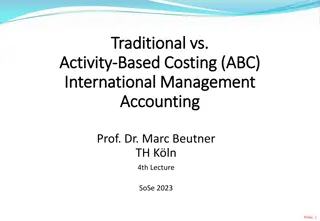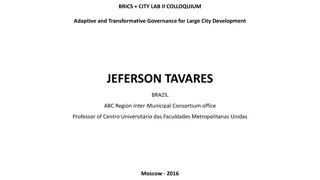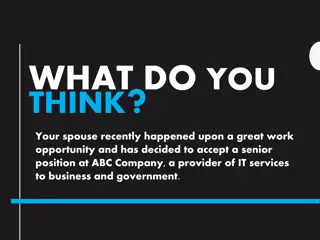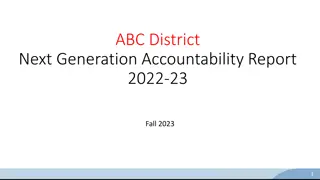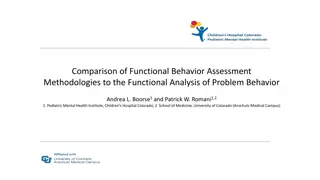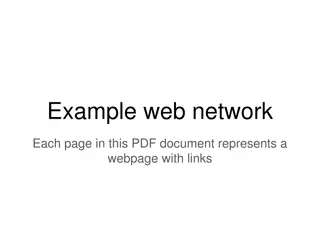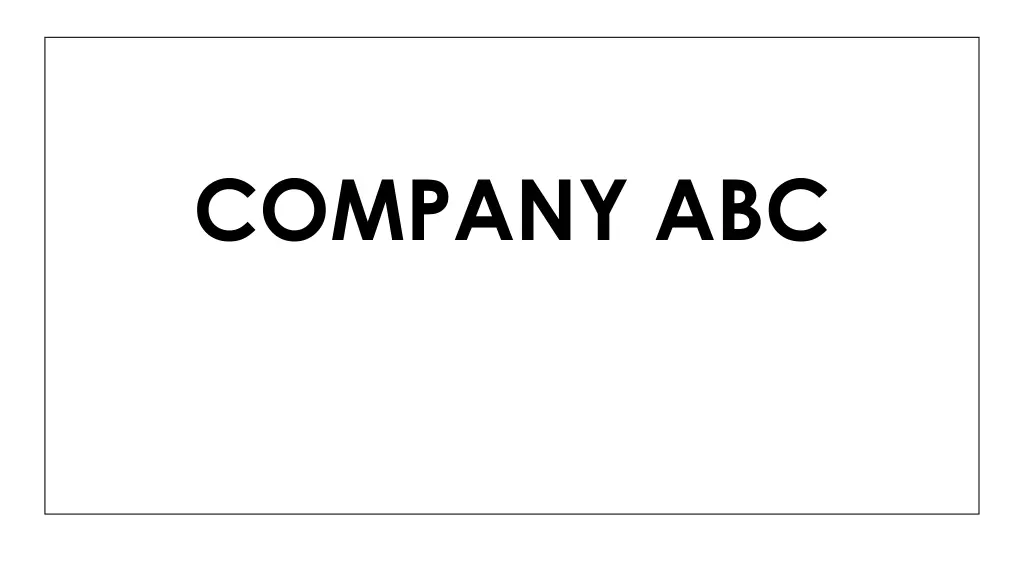
Effective Grievance Handling in the Workplace
Discover the importance of addressing and resolving employee grievances in the workplace to maintain a harmonious and productive environment. Learn the steps involved in handling grievances effectively to prevent negative impacts on employee morale and company productivity.
Download Presentation

Please find below an Image/Link to download the presentation.
The content on the website is provided AS IS for your information and personal use only. It may not be sold, licensed, or shared on other websites without obtaining consent from the author. If you encounter any issues during the download, it is possible that the publisher has removed the file from their server.
You are allowed to download the files provided on this website for personal or commercial use, subject to the condition that they are used lawfully. All files are the property of their respective owners.
The content on the website is provided AS IS for your information and personal use only. It may not be sold, licensed, or shared on other websites without obtaining consent from the author.
E N D
Presentation Transcript
Employee grievances are a common occurrence in any organisation, and how they are handled can greatly impact the overall work environment and employee satisfaction. It is crucial for Company A or the to establish effective grievance handling procedures to address and resolve these issues in a fair and timely manner. By implementing structured processes for reporting grievances, clearly defining the responsibilities of management, and employing strategies for successful resolution that our organisations can create a positive and supportive workplace culture. Company A will explore the importance of employee grievance handling, the steps involved in reporting grievances, the role of management in addressing these concerns, and the benefits of having well-defined procedures in place so that our company can be a productive company.
The effective handling of employee grievances is of utmost importance in maintaining a harmonious and productive work environment. Communication plays a crucial role in addressing and resolving employee grievances. When employees feel that their concerns are heard and addressed promptly, it fosters a sense of trust and fairness within the organisation. Open and transparent communication channels enable employees to voice their grievances, leading to their timely resolution. Failure to address employee grievances can have a significant impact on the overall work environment. Unresolved grievances can create a negative atmosphere, leading to decreased employee morale and motivation. It can also result in increased absenteeism, turnover, and reduced productivity. Employees who feel their concerns are not being taken seriously may become disengaged from their work, resulting in a decline in their performance.
Addressing the needs for effective grievance handling within an organisation
It very important to always keep lines of communication open with the aggrieved employee throughout the grievance handling process. Be available to listen to questions and concerns. If the employee doesn't feel that their concerns have been addressed adequately, they may lose productivity, leave your company or even take legal action.
Steps to address grievances to be followed
keep your letter to the point. You need to give enough detail for your employer to be able to investigate your complaint properly keep to the facts never use abusive or offensive language explain how you felt about the behaviour you are complaining about but don't use emotive language.
Understand the issue it is to identify all affected parties and gather relevant information, including dates, individuals involved, and reasons for dissatisfaction. Sometimes, a single complaint may encompass multiple underlying issues, necessitating a thorough understanding of the situation in the company. Explore solutions Engage members in brainstorming potential solutions for each identified issue or issues are arising. Consider different options, whether maintaining existing rights or negotiating new ones, while keeping the overall goal in mind to address the grievance. Evaluate solutions Company A we rank potential solutions from best to worst for each issue, facilitating informed decision-making order to resolve the issue.
Clearly state the grievance Grievance will be presented and the grievance as a problem with proposed solutions rather than as a demand, ensuring clarity on who is affected, the nature of the complaint, and the proposed resolution. Present the grievance Grievance will be followed and agreed-upon grievance procedures involving management, shop stewards, and all affected parties. Request lower-level meetings if feasible, ensuring the presence of the aggrieved member/members in individual cases. Seek a response Request a timely response from management and negotiate solutions during meetings. Escalate the matter if there is no satisfactory solution.
Benefits of a sound grievance procedures within an organisation
Well-defined grievance handling procedures offer numerous benefits to organizations and their employees. These procedures provide a structured approach for addressing and resolving employee grievances, resulting in several positive effects and outcomes: Improved employee: Having well-defined grievance handling procedures demonstrates that the organization values its employees and is committed to addressing their concerns. This can boost employee morale and create a positive work environment. 1. Increased productivity: By promptly addressing and resolving employee grievances, organizations can prevent the negative impact of unresolved conflicts on employee performance. This leads to increased productivity and efficiency within the workplace. 2. Enhanced demonstrate transparency and fairness in how employee concerns are addressed. This can improve the organization's reputation both internally and externally, attracting and retaining top talent and fostering positive relationships with stakeholders. organisational reputation: Effective grievance handling procedures 3.
Commitment and support in terms of implementation
Commitment to Fairness: Ensure that the grievance process is fair and transparent and providing opportunity for all parties involved to be heard Support from Leadership: Gain the support of senior management to endorse and uphold the grievance mechanism Clear Communication: Communicate the grievance policy clearly to all employees, outline the steps, rights and responsibilities involved Training : Providing training for staff who will handle grievance to ensure they understand the process and can manage it effectively Accessibility: Make the grievance mechanism easily accessible to all employees, with clear instructions on how to file a grievance Protection from reprisal: assure employee that they will be protected from any form of reprisal or retaliation for raising grievance Monitoring and evaluation: Regularly monitor the effectiveness of the grievance mechanism and make improvements as necessary
Implementing a grievance mechanism with strong commitment and support helps create a respectful and responsive work environment, where employees feel valued and their concerns are taken seriously. If you need more detailed guidance or examples, I can provide further assistance.
Follow our Grievance Resolution Checklist for fair grievance management:
Checklist to monitor the application of the grievance procedures in the organisation Correct identification of issues in the application of procedures as they arise Regular reviews of procedures to ensure compliance with legal requirements and best practices Implementation of corrective actions when needed Prompt communication to all stakeholders about any amendments made to the grievance procedures.
Confirm the grievance hearing arrangements in writing to the employee Introduce the purpose and procedure of the meeting during the hearing Ask the employee to explain their concerns Summaries the case and seek the employee s confirmation Discuss how the disputed might be resolved
Adjourn the meeting and, carry out any further investigation, if required Communicate the final decision to the employee in person and in writing Implement appropriate follow-up measures






